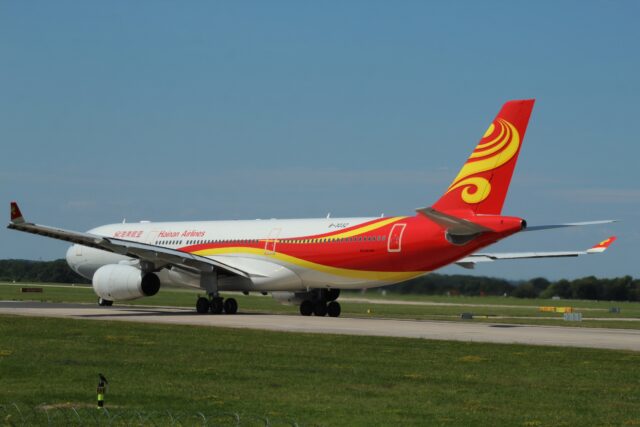China flies Chinook-looking T1400 autonomous tandem rotor helicopter

October 31, 2025
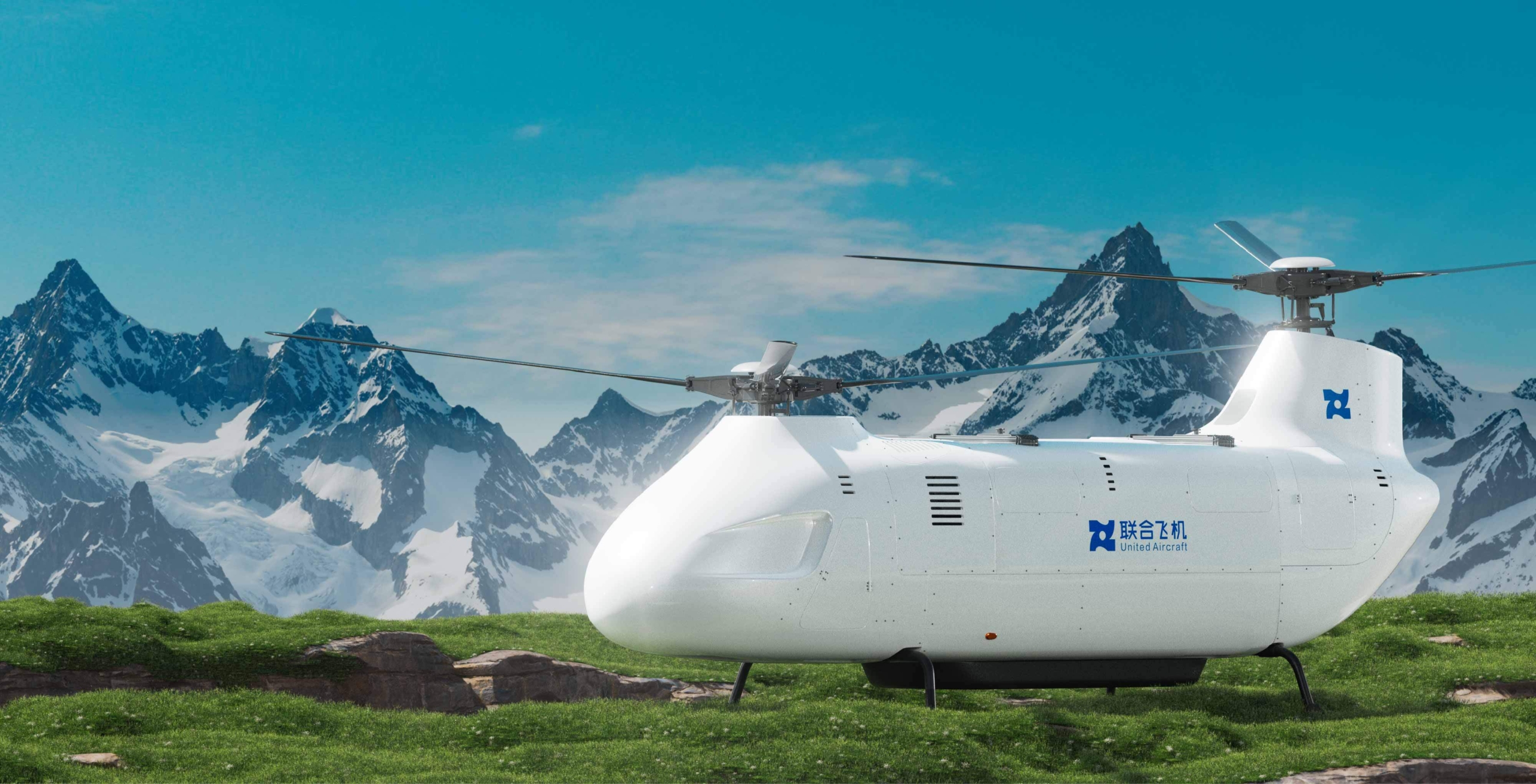
China’s new T1400 autonomous tandem rotor helicopter marks another milestone in China’s race to develop uncrewed systems. The revelation comes as multiple new VTOL cargo solutions emerge in the United States in October.
China successfully flies new autonomous tandem helicopter
China’s English-language state-run news outlet, Xinhua, reported that China’s Boying T1400 Tandem Rotor Unmanned Helicopter successfully conducted its maiden flight. The autonomous chopper is designed for roles like agricultural protection, cargo transport, and forest fire prevention.
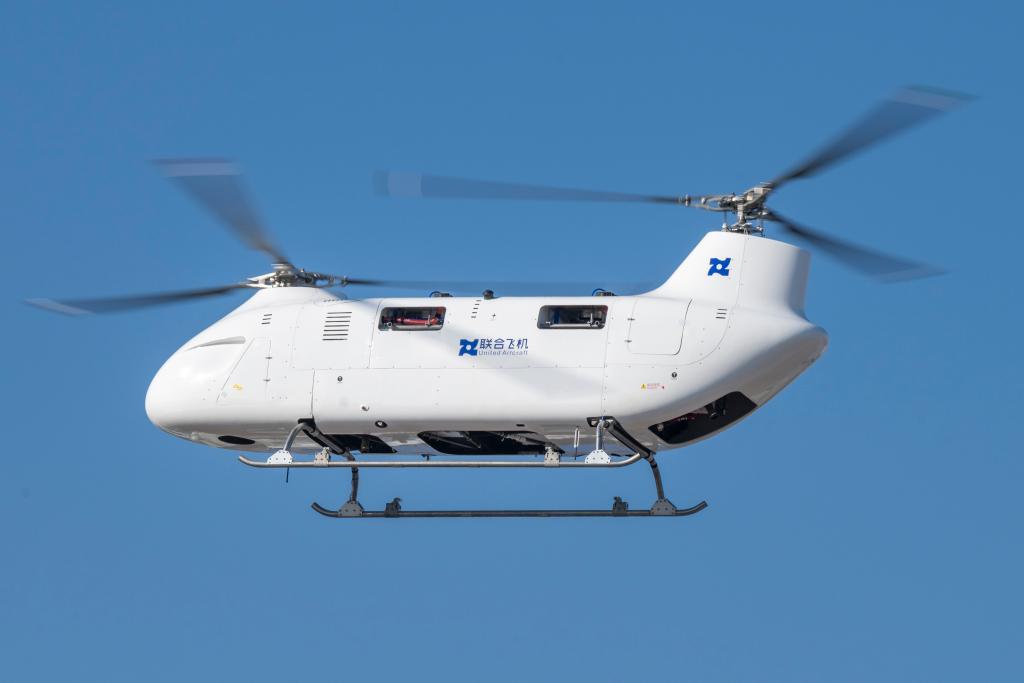
The flight took place in Harbin, China’s northeastern city in Heilongjiang Province. The aircraft joins a rapidly growing list of new crewed and uncrewed aircraft taking flight in China.
The tandem helicopter drone superficially resembles a scaled-down Boeing C-47 Chinook helicopter. It comes with a maximum takeoff weight of 1,400 kilograms, has a service ceiling of 6,500 meters, and a max speed of 180 km/h.
#UAG
— Iron Lady (@nuwangzi) October 30, 2025
On Oct 30, the Platinum Shadow T1400 – a tandem unmanned helicopter by United Aircraft Group completed its maiden flight in Harbin.
With a 1,400 kg MTOW, 8h endurance, 6500m ceiling, and 180 km/h max speed, it marks a major leap for ton-class UAVs in China. pic.twitter.com/Sp9YzZWsMa
Xinhua stated, “With its intelligent operation capabilities, it shows broad application potential in agricultural protection, logistics transportation, and forest fire prevention.”
United Aircraft describes the aircraft as a heavy-lift helicopter designed for plateau operations with high-altitude takeoff and landing capabilities. China has the vast Tibetan Plateau, where the aircraft could be of immense value, including border regions where China periodically clashes with India.
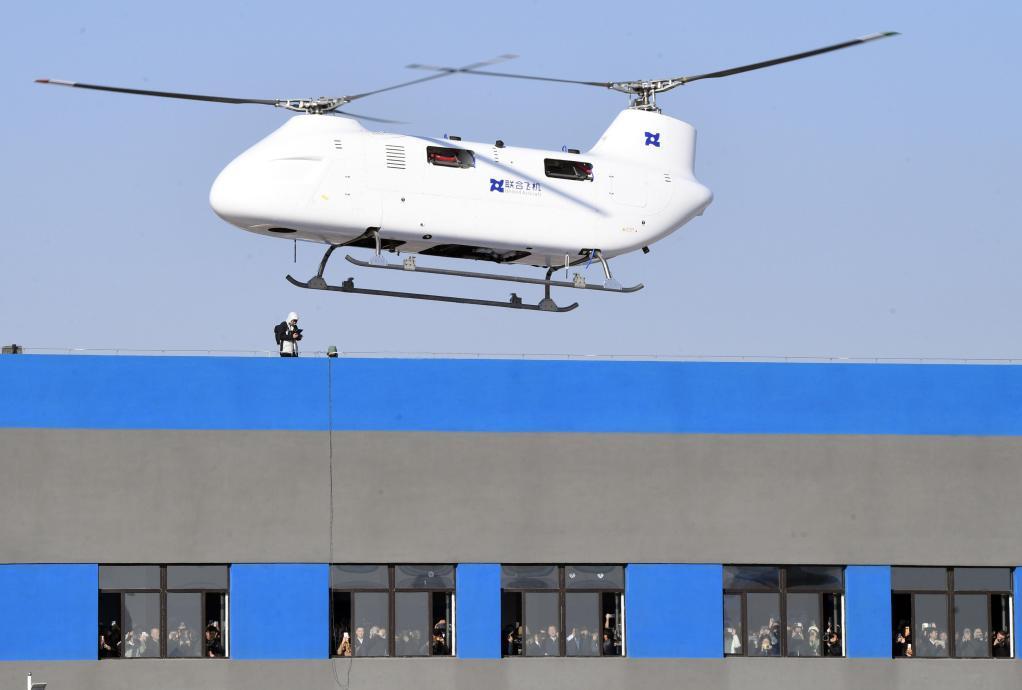
The aircraft is able to carry a maximum payload of 650 kg. Its endurance is over two hours with a payload of 500 kg and over eight hours with a payload of 200 kg.
China’s United Aircraft working to develop uncrewed helicopters
The aircraft is produced by China’s United Aircraft, a company developing autonomous helicopters. The company says that by modifying manned helicopters into unmanned helicopters, it can reduce R&D costs while enjoying the benefits of a mature aircraft.
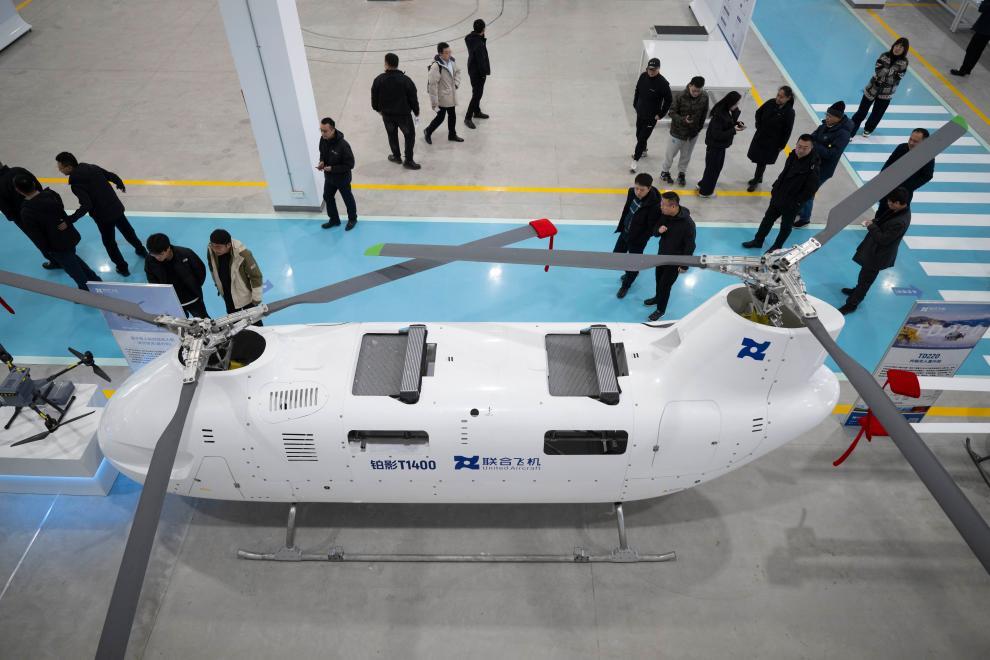
It says these unmanned helicopters can be produced rapidly while also reducing risks to personnel on the battlefield.
United Aircraft describes itself as a leader in the unmanned aviation industry, providing “smart unmanned solutions” for governmental, military, and commercial customers. Its aircraft are being deployed in a wide range of roles from emergency rescue to police law enforcement.
United Aircraft also says a large number of old helicopters can be converted into autonomous helicopters as their service lives expire. Separately, the PLAAF is known to be converting old fighter jets into zombie autonomous aircraft.
Competition with the United States in autonomous aircraft
China and the United States are locked in a Great Power Competition, and this is reverberating across the aviation sector. China is rapidly developing a burgeoning range of civil airliners, advanced fighter jets, ekronoplans/ground effect vehicles, amphibious aircraft, helicopters, and more.

One area where competition is the most intense is with autonomous aircraft. Here, both countries are continuously unveiling a dizzying array of autonomous aircraft, from helicopters to next-generation tankers to loyal wingman aircraft.
It seems new autonomous aircraft concepts and prototypes are virtually a weekly occurrence between these two giants.
For example, in October, Beta Technologies unveiled military cargo concepts for its ALIA platform called the MV250. The aircraft is a VTOL tiltrotor combining the benefits of rotary and fixed-wing aircraft. Also in October, Lockheed revealed it had converted a UH-60 Black Hawk into an autonomous aircraft with a clamshell front door in just 10 months.
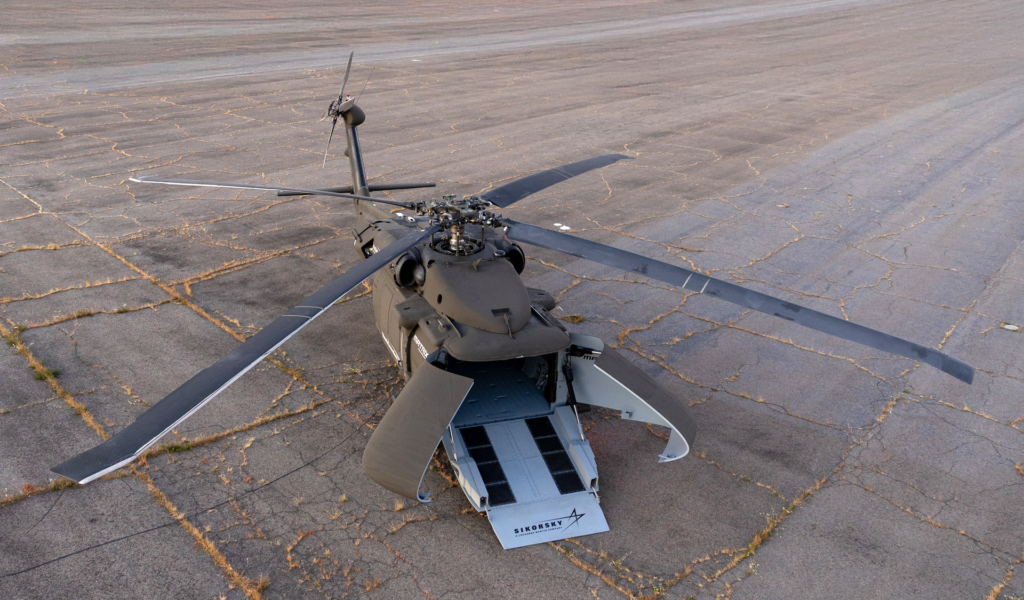
The US remains firmly ahead in tiltrotor aircraft, although China also unveiled its first working tiltrotor prototype in 2025 that resembles the Leonardo AW609.
Featured Image: Xinhua



